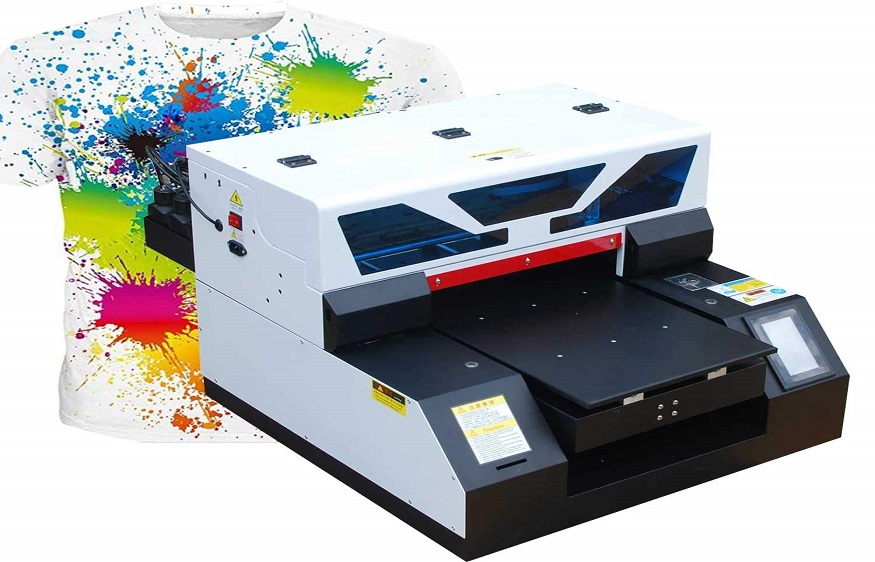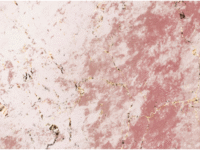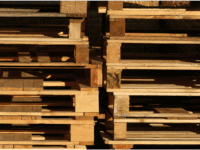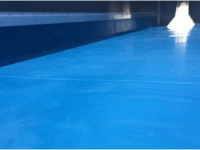Large Printing Tasks Are Made Simple by Flatbed Printers

Flatbed printers are an essential component used in producing fine art, silk screening, poster printing, and pretty much any other application that requires a considerable volume of images to be produced.
Flatbed printers are not highly speedy, but they are the ideal method for transferring high-pixel art to various surfaces.
One of the most critical factors in producing high-quality digital images is how the media is transported to the printer. It is common practice for the flatbed portion of the printer to be moved by huge rollers; this creates an appearance not unlike that of a conveyor belt.
The medium, such as paper, transfer paper, clothing, and other materials, are put on the printer’s bed and mechanically passed through as the rollers move the conveyor belt. In most cases, there will be a drying section, which often resembles a conveyor belt in appearance but will remain in one place during the process.
How the Process Goes Down
The flatbed printers function the same way traditional printers do since it uses sublimation ink; first, information is obtained from a computer, and then the printer converts the data into images. As was previously said, the media distribution technique is distinct. In certain instances, the treatment of the medium that will be printed on is also different.
To assist in keeping the ink from the printer where it needs to be on the medium, it may be necessary to coat the medium being used with a specialized solvent before it can be utilized. However, this requirement is contingent on the medium that is being used.
The medium is fed through via the flatbed; it goes beneath the print nozzles underneath the printer, where the graphics are transmitted. The ink dries relatively fast, but the medium is typically left undisturbed for ten minutes or longer to ensure strong adhesion and avoid spreading the ink. This is done to prevent the ink’s smearing and ensure a strong adhesion once the medium has passed through.
Resolution and Velocity
This particular kind of printer can deliver very high quality, making it perfect for transferring photographs and graphics to various mediums. What is gained in resolution is sacrificed in speed compared to the previous version? This particular kind of printer moves at a glacial pace, yet it lays down successive layers of ink flawlessly.
The nozzle head must be large enough to accommodate this practice; unfortunately, on some models, it is not; as a result, the resolution is lost. Specific colours, such as white, are not as crisp as other colours. This is mainly because any area that does not use color is automatically filled in by the printer with white.
Conclusion
Although you won’t find flatbed printers in many houses or home offices, you’ll encounter them frequently in commercial settings because of their eco-solvent nature. These, in addition to using laser plotters, are essential components in simplifying and improving the accuracy of printing activities.









